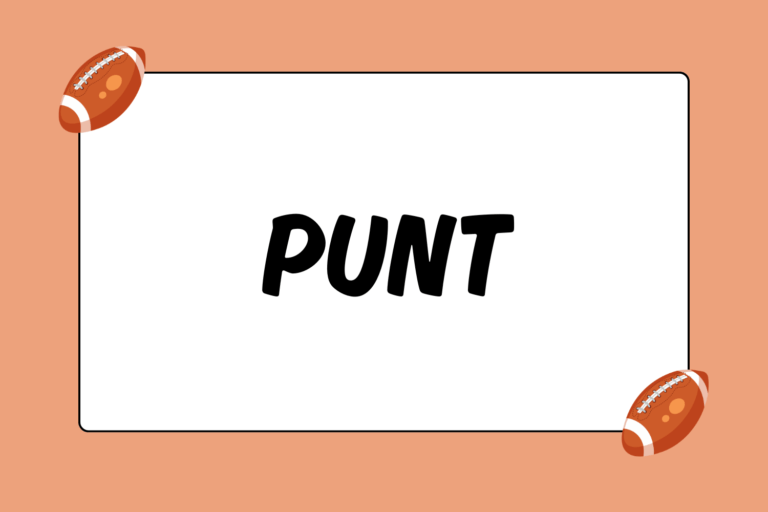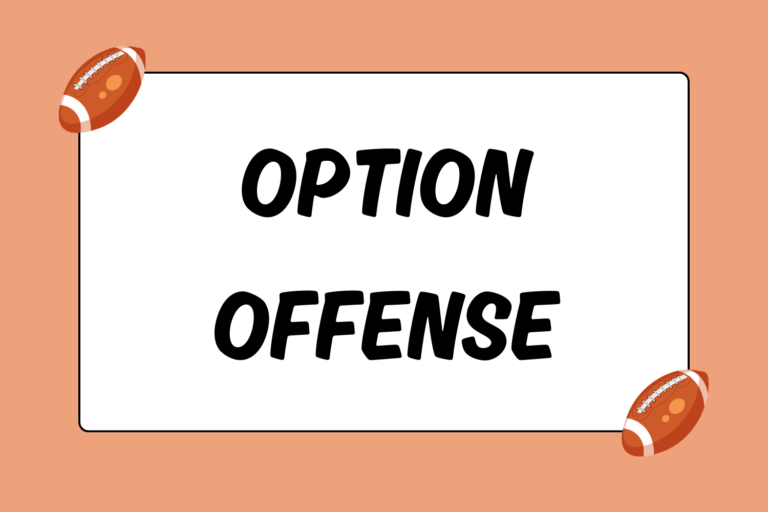Football is a numbers game, both on and off the field. On the field, one single yard or point can decide the outcome of a game. Off the field, many people get paid good money to examine countless statistics regarding both individual players and entire teams, and then predict game performance week after week. Such practices are effective in cataloging results, but ultimately are somewhat limited in their capacity to predict future outcomes. One of the biggest reasons for this is the inability of such systems to account for intangible factors that can’t be quantified, but happen every game.
One example of such an intangible factor is momentum. Gaining and keeping the momentum in a football game is crucial, providing teams with a mental and emotional advantage over their opponents. Although it can be difficult to attain, there is one sure-fire way for a team to secure momentum: pull off a trick play. Successfully running a trick play, especially in a particularly tense moment, is a great way to take the wind out of the other team’s sails.
What is a Trick Play?
It’s important to note that trick plays can only be run from the offensive side of the ball. Defenses can certainly do things to deceive the offense and make it difficult to anticipate defensive schemes, but a legitimate trick play only happens on offense. The reason for this is also the crucial element of a trick play: misdirection. Offenses use misdirection to try and get the defense to focus on something away from where the ball is actually headed, a tactic for which there isn’t really a defensive equivalent.
That same element of misdirection is evident in non-trick plays as well. A counter run or QB bootleg, for example, both rely on momentarily deceiving the defense about the direction of the play. A trick play takes that deception several steps further, often adding more complicated maneuvers. The catch is that trick plays are much riskier to run than normal plays; they’re usually run in situations where the offense doesn’t have much to lose, and needs to score points quickly.
Common Trick Plays
When teams incorporate trick plays into their offensive playbooks, it’s common for each team to add a unique twist, making it their own variation of the play. However, each of the trick plays outlined below come from the same basic core misdirection element inherent to all trick plays. Here are some of the more common trick plays in the game today.
The Half Back Pass
Combining elements of both the run and pass game, the half back pass is a relatively simple trick play. However, it does require a running back with at least a basic passing ability, as the name of the play implies. Here’s a breakdown of the play:
- The QB takes the snap and either hands off or pitches it to a running back.
- The running back takes off as though he’s running a sweep; the side that he runs to depends on his throwing hand.
- As the defensive players commit to the running back, he passes it downfield to a teammate.
The misdirection comes from getting the defense to believe it’s a run play, not a pass play. The better a job the running back does at selling the run, the more defensive players will commit to it, and the better the play will work.
The Statue of Liberty
Almost the exact opposite of the half back pass, the statue of liberty play starts out looking like a pass play, but ends up as a run play. It requires at least one running back in the backfield:
- The QB takes the snap and drops back as though he’s going to throw a pass.
- The RB, lined up to one side of the QB, makes as though he’s going to step into the pocket and provide additional pass coverage.
- The QB quickly switches the ball to his non-throwing hand. He then makes a throwing motion, while simultaneously holding the ball to the side of his body facing away from the play.
- The RB quickly takes the ball from the QB and sprints towards the sideline opposite from where he started.
The QB must do a good job selling the fake pass in order to make defenders commit to the pass play. If the fake is weak, it drastically reduces the changes that the play will work.
The Flea Flicker
Much like the half back pass, a successful flea flicker depends on the offense’s ability to make the defense commit to a fake run play. With this play, however, the action remains in the middle of the field (unlike the half back pass, which draws the defense’s attention toward one specific side). Here’s how the flea flicker is executed:
- The QB takes the snap and hands the ball off to a RB, who runs ahead as though the offense is running an inside run play.
- Just before the RB reaches the line of scrimmage, he turns around and pitches the ball back to the QB, who’s still in the pocket.
- Before the defense can realize that the run play was a fake, the QB passes the ball down field.
Ideally, the defenders will commit to the fake run and leave the receivers open. A successful flea flicker requires a fluid transfer of possession and a quick pass by the QB. Although it will likely confuse the defense for a second or two, the chances of the play succeeding are reduced the longer the QB takes to throw the ball.
The Hook & Lateral
Unlike the other trick plays listed, the misdirection inherent in the hook and ladder takes place after the play has already developed. It also requires at least two receivers, usually wide receivers; speed is key for this play, and wide receivers are almost always faster than tight ends. Here are the steps:
- The QB takes the snap and drops back for a pass.
- The two receivers involved in the play run specially designed patterns. One receiver will make the initial catch (usually on a simple hook or out route) and pitch the ball to the second receiver, who is nearby but far enough away to draw at least one defender away from the first receiver.
- The QB passes the ball to the first receiver, whose route will generally leave him facing the line of scrimmage.
- The second receiver runs directly behind the first receiver, and the first receiver pitches the ball off to the second, who then can ideally advance the ball further up the field.
Although this play can technically be run against any pass coverage, it’s much easier to run when the defense is playing a ‘soft’ coverage, where the ultimate goal is to defend against a deep pass. This gives the receivers involved both time and space to complete the maneuver.
Keep Them Guessing
Trick plays are a rare occurrence, both out of design and out of necessity. They’re almost always called in very specific situations, or when the offense really needs a big play. However, despite the risk involved in running trick plays, they can result in a tremendous payout for the offense.





